Beneath the busy Manchester streets lies a secret world that few of those who walk above it on a daily basis are aware of. One of Britain’s industrial titans, the northern English city has a Roman history.
But some of its most intriguing stories lie hidden beneath, trapped in tunnels, bunkers, and passageways that twist beneath the city center and beyond. Below are Manchester’s most intriguing hidden secrets in which history was made, lives were changed, and myths were established under the surface of this great city.
Guardian Underground Telephone Exchange

Beneath Manchester city center lies a massive nuclear bunker disguised as a normal telephone exchange when it was constructed in the 1950s. The complex spans over four miles of tunnels, built to house government staff and maintain communications in case of a nuclear attack during the Cold War.
It was not declassified until the 1960s, and it contained everything from living areas to kitchens and even a railway system for transporting staff and equipment around the complex.
Victoria Arches

Under Manchester Victoria Station and its surrounding roads, these brick-arched tunnels were initially successful commercial warehouses with direct river access to the River Irwell. The arches were then employed as public air raid shelters during World War II, protecting thousands of Mancunians from German bomber raids.
Decades of abandonment have left these cavernous tunnels standing ominously empty, their walls still holding onto vestiges of wartime signs and shelter numbers.
Like Travel Pug’s content? Follow us on MSN.
The Cathedral Crypts
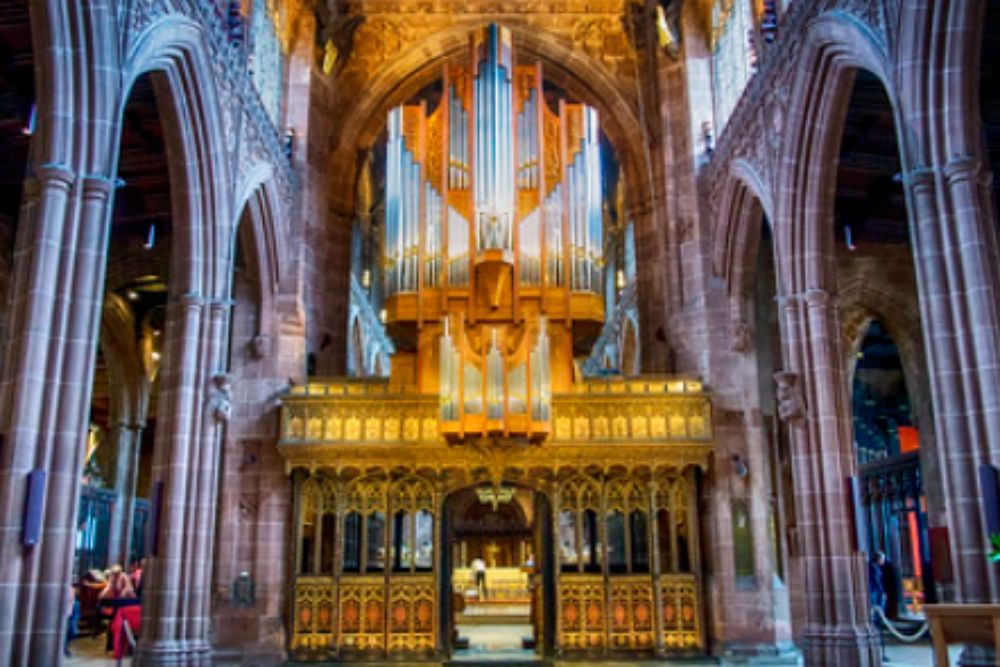
Dark crypts from the Middle Ages lie under Manchester Cathedral, their burials and archaeological remains cataloging the city’s spiritual history. Downstairs chambers reveal traces of a former church dating back to the 7th century, testifying that Christianity in Manchester predates the Norman Conquest.
The rooms are occasionally brought out for guide tours, displaying glimpses into stone coffins, centuries-old foundations, and architectural details hidden for centuries behind public eyes.
Central Library Tunnels
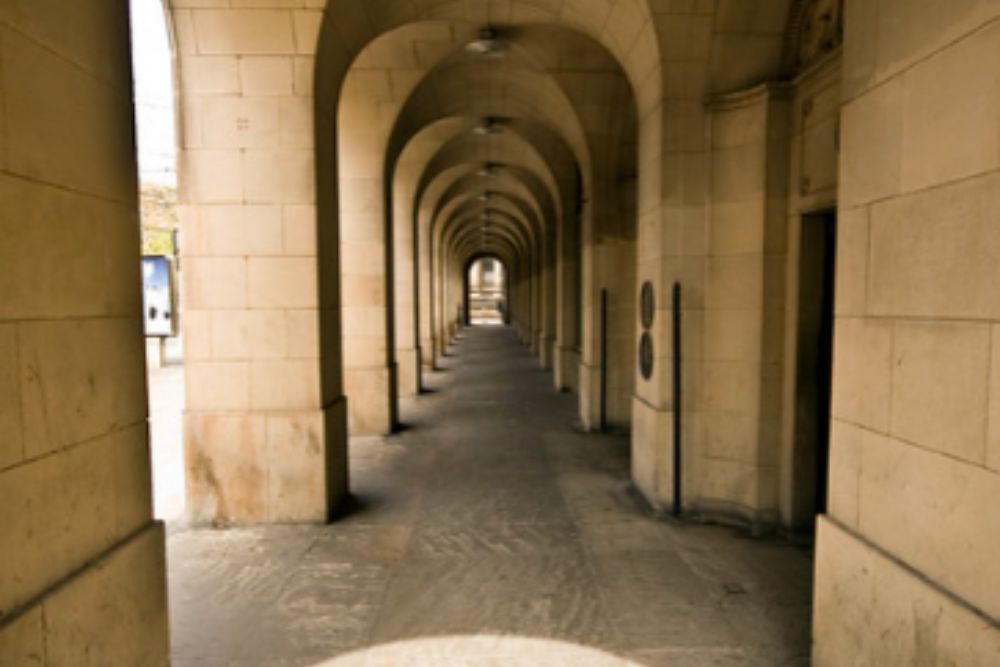
Manchester’s iconic Central Library contains a secret realm of hidden underground tunnels and storage areas that few visitors are aware of. The underground tunnels previously connected surrounding buildings and held thousands of rare manuscripts and books during the library’s massive renovation.
Urban explorers have revealed the mysterious atmosphere of the tunnels, with their massive shelving corridors and impenetrable vault-like areas designed to protect the city’s literary past.
Manchester’s Secret Rivers
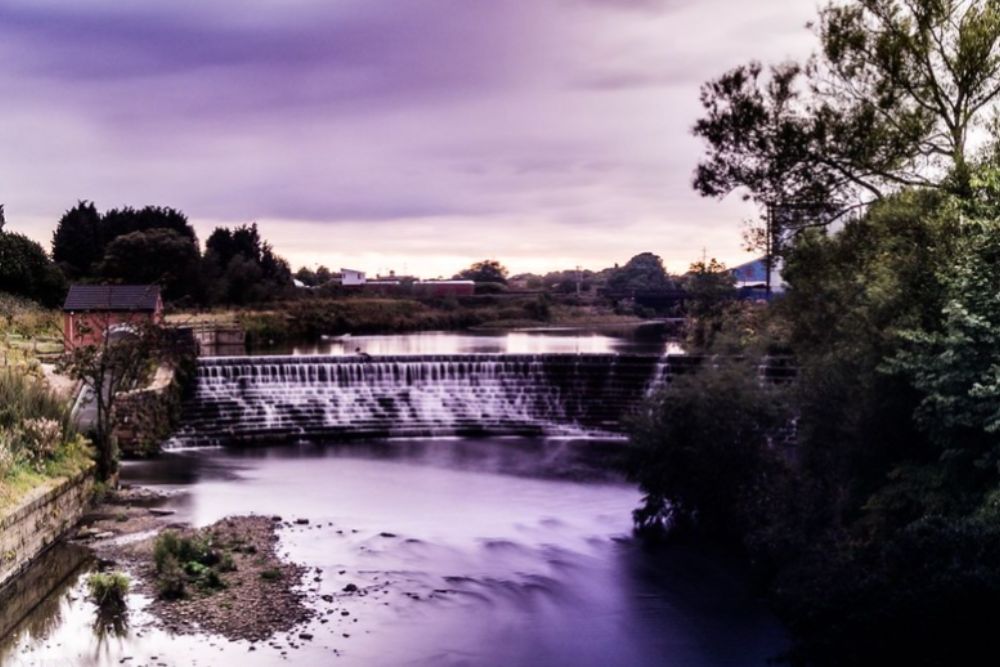
There are three ‘lost’ rivers beneath Manchester’s streets – the Irk, Medlock, and Tib – now mostly confined to under-street culverts and tunnels following cover-up in the Victorian era. The Tib is perhaps the most mysterious, named Tib Street, and it flows secretly beneath the Northern Quarter in brick tunnels built over 200 years ago.
These concealed streams, formerly powered mills, provided transportation and tragically served as open sewers during the Industrial Revolution.
Like Travel Pug’s content? Follow us on MSN.
Castlefield’s Roman Tunnels
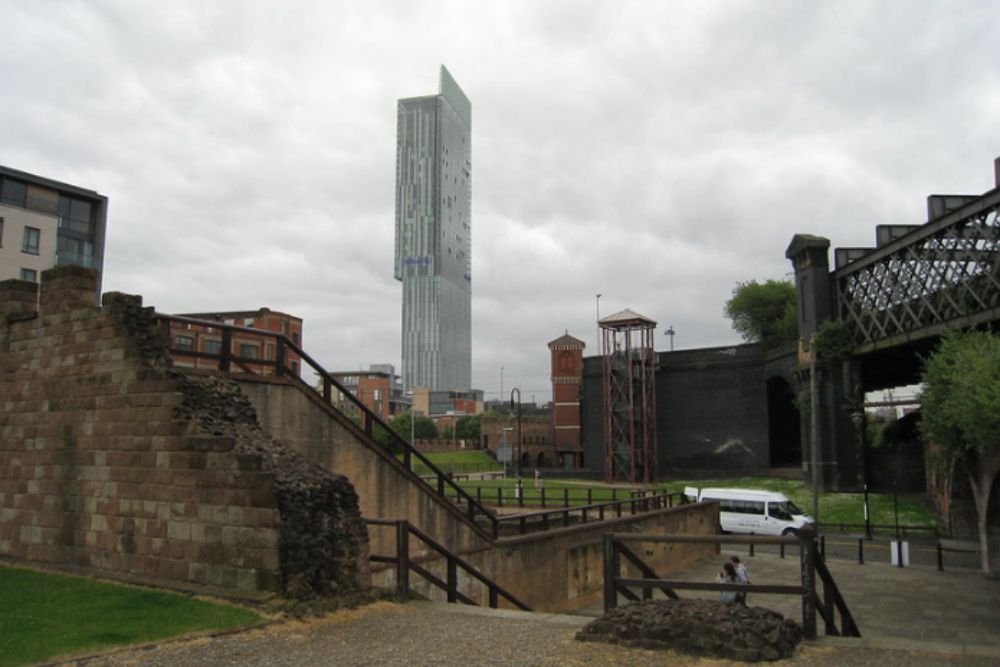
Archaeological excavations beneath Castlefield, Manchester’s oldest district, uncovered remnants of Mamucium, the Roman fort constructed in 79 CE. Underground tunnels and drainage systems built by the Romans still exist, showcasing advanced engineering skills from nearly 2,000 years ago.
Sections of them are viewable in the Castlefield Urban Heritage Park, where modern-day Manchester literally sits on its ancient foundations.
The Gas Street Underground Market
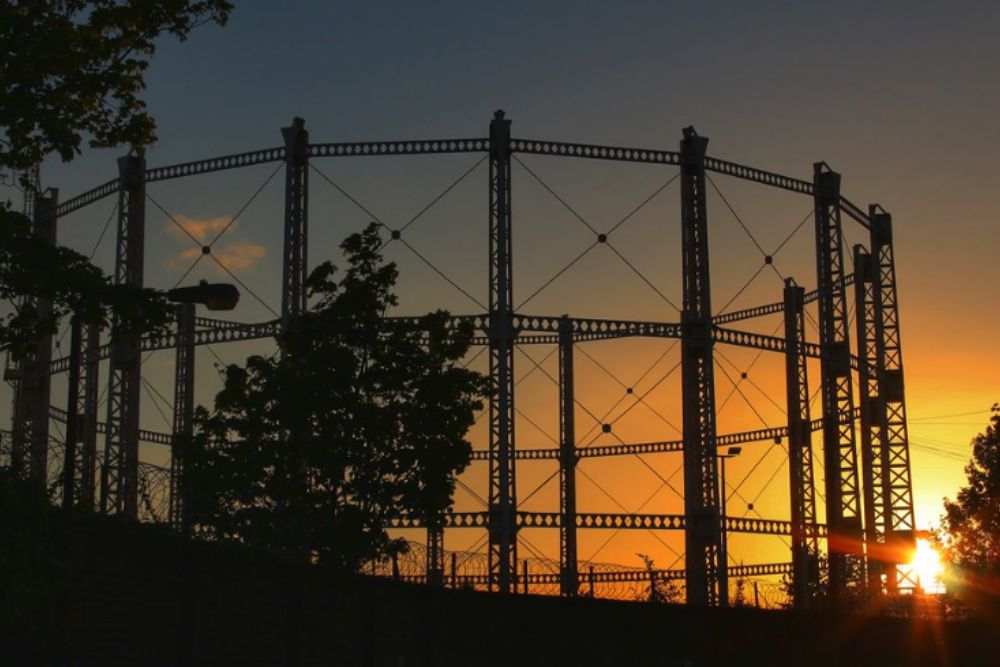
A Victorian subterranean market once flourished under Gas Street, with vendors operating stalls in arched brick vaults below the street level. The market persisted for decades, providing consumers with an unconventional underground shopping experience unlike anything in contemporary Manchester.
The atypical shopping arcade later closed and was closed off, although some of its structure probably still survives beneath contemporary developments.
The Market Street Crypts
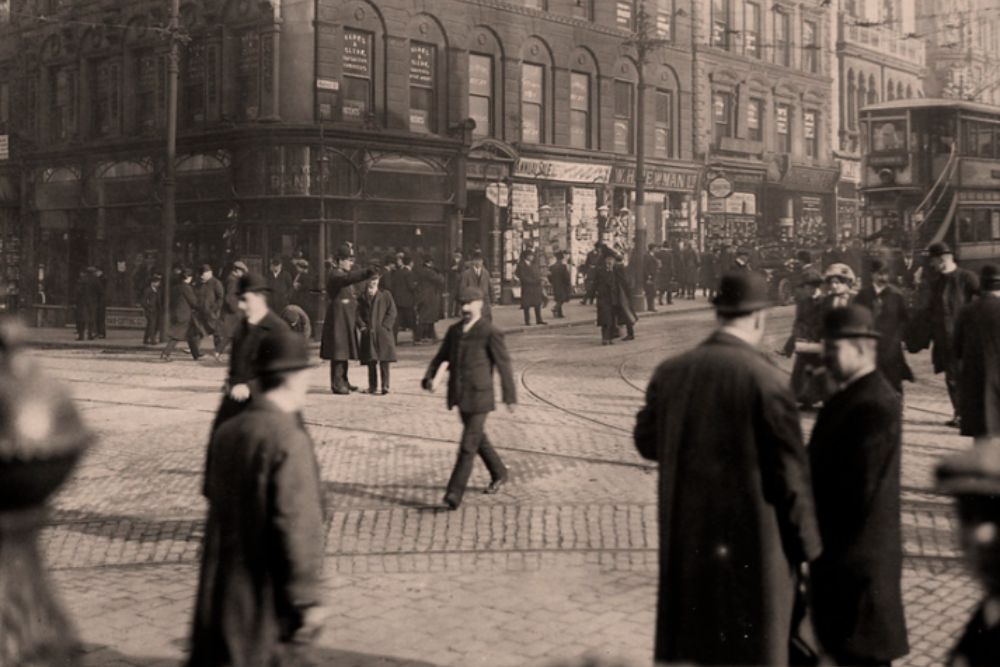
Beneath the busy shopping area of Market Street lie forgotten crypts of St. Mary’s Church, which held the land until its destruction in 1907. These crypts remain sealed and untouched, containing the remains of important Manchester residents of the 18th and 19th centuries.
When new building or infrastructure projects begin in this area, archaeologists typically discover these crypts once more, providing brief peeks at Manchester’s underground burial past.
Like Travel Pug’s content? Follow us on MSN.
The Underground Canal System
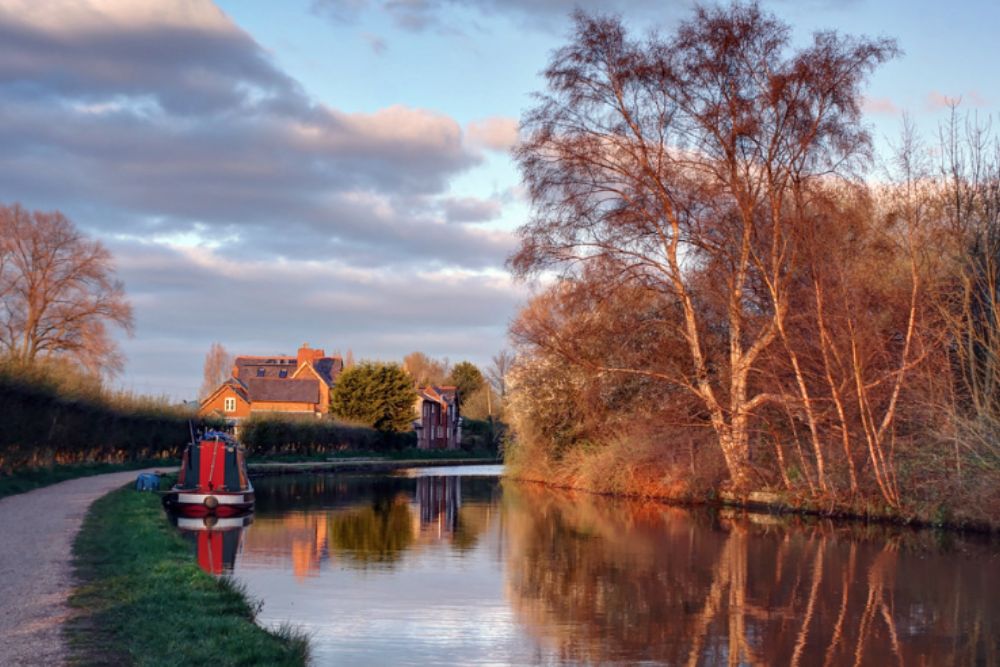
Manchester’s canal system includes underground sections that tunnel beneath the city, most famously the Rochdale Canal tunnel through the Deansgate area. There were several underground canal basins where freight was unloaded directly into warehouse basement floors at the height of the Industrial Revolution.
These underground waterways were cutting-edge transport technology in their day and allowed goods to flow easily through the heart of the city.
The Oxford Road Railway Tunnels

Beneath Oxford Road run large railway tunnels connecting Manchester’s main stations, some of which are still operational and others that are abandoned. The abandoned ones transported mail trains and freight from station to station through a separate, underground system aside from passenger movement.
Urban adventurers occasionally take photographs of these closed-down railways, finding old signs and equipment unseen by the general public for many decades.
Piccadilly Air Raid Shelters
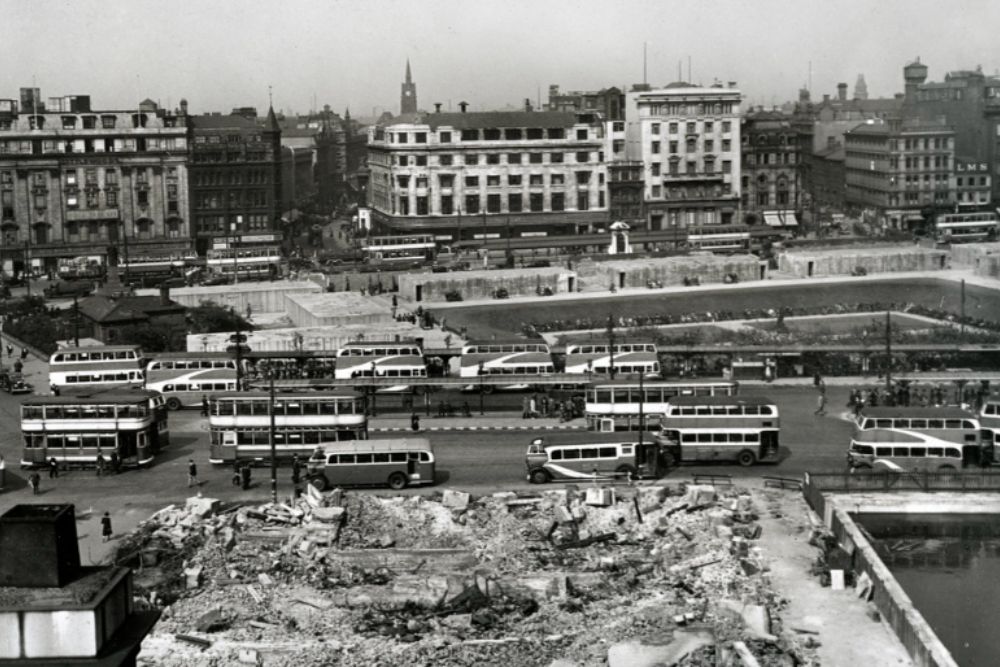
A massive system of public air raid shelters was constructed beneath Piccadilly Gardens in World War II to protect thousands of individuals from Luftwaffe bombing raids. The reinforced concrete rooms had separate areas for men and women, limited medical facilities, and emergency rations for extended stays.
Severely cut off after the war, sections of these shelters are sometimes opened up during construction work, revealing wartime graffiti and traces left behind by those who sought shelter below.
Like Travel Pug’s content? Follow us on MSN.
The Great Northern Railway Tunnels
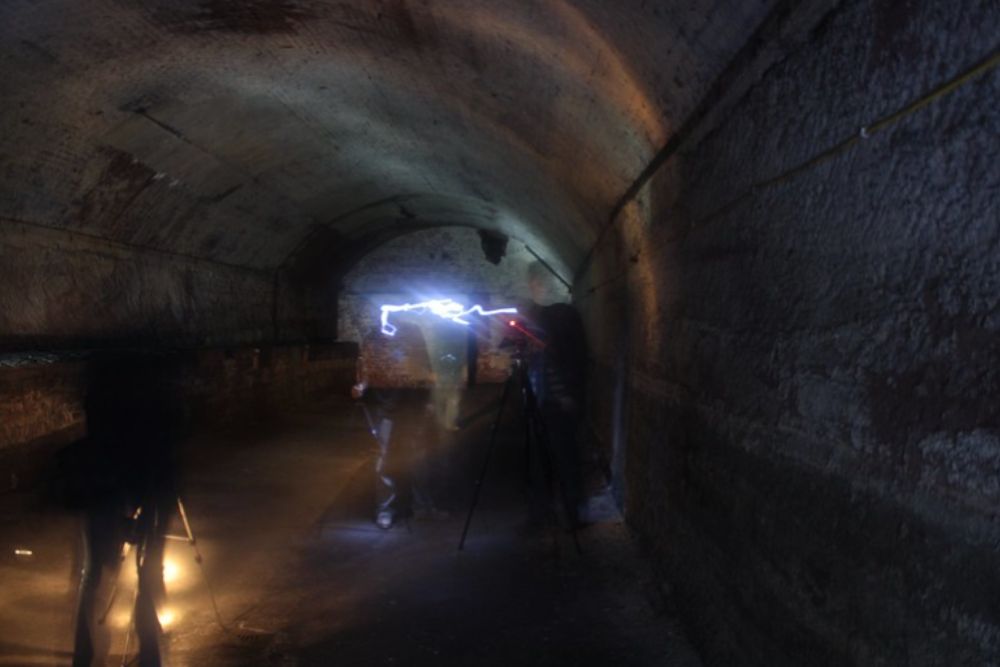
The Great Northern Railway constructed a vast tunnel system underneath Manchester during the late 19th century, featuring enormous underground storage facilities within the Great Northern Warehouse. These tunnels enabled the transportation of goods directly from train to storage without bringing them into contact with Manchester’s famously wet climate.
Much of these Victorian engineering works still exist under the city, reused for services or bricked up entirely out of public view.
The Temperance Street Beer Tunnels
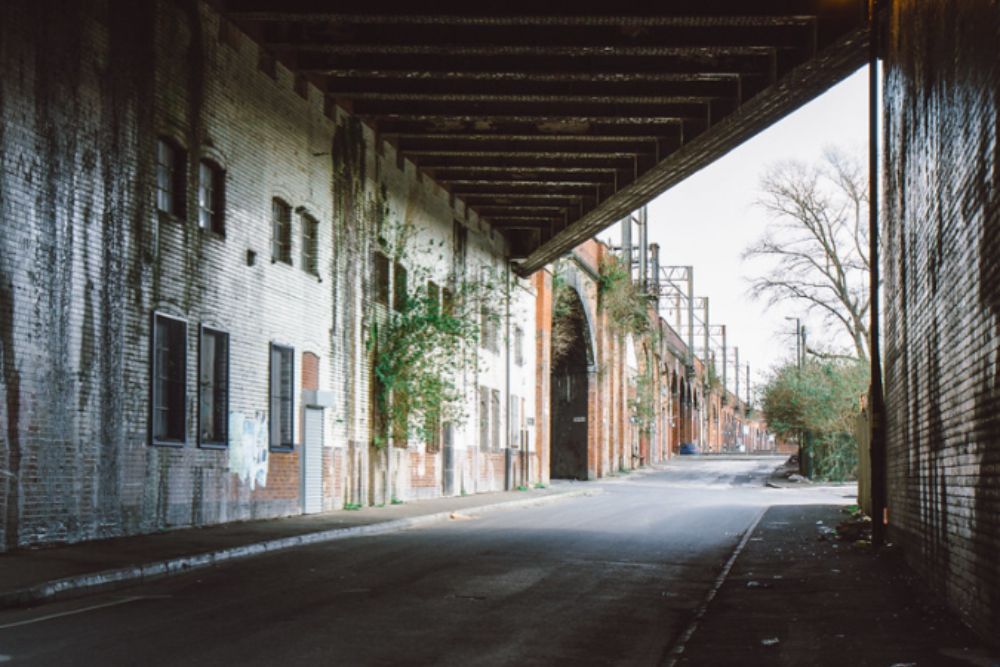
Some Manchester breweries built underground tunnels to move and store beer at the perfect temperatures, with prominent examples still existing under the former Strangeways Brewery. Employees could transfer between buildings without exposure to the elements, and the naturally chilled underground environment offered ideal conditions for beer maturation and storage.
Some tunnels were said to lead to nearby pubs, enabling direct barrel delivery without surface street use.
The Guardian Exchange Command Center
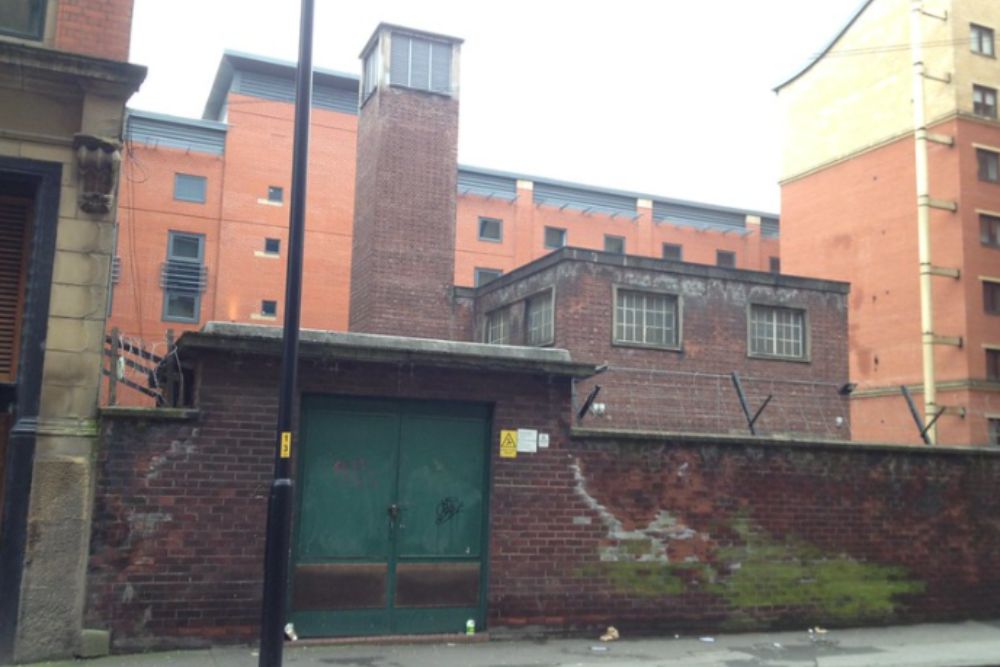
At the heart of the Guardian Underground complex lies a stunning control room designed to coordinate communications all over Britain in the event of nuclear war. The room has a typical domed ceiling designed to withstand gigantic pressure from above and still bears remnants of switchboards and communication equipment.
The underground nerve center was cutting-edge technology in the 1950s, able to continue necessary government functions even if the city above was rubble.
Like Travel Pug’s content? Follow us on MSN.
Underground Manchester Museum

Hidden beneath the University of Manchester’s campus is an incredible underground storage museum housing thousands of artifacts from digs across the city and area. Climate-controlled underground chambers protect everything from Roman pottery to Industrial Revolution equipment too big or in amount to display publicly.
Occasionally open to researchers for tours, the underground archives contain many things never seen by the public before.
Salford’s Mining Tunnels
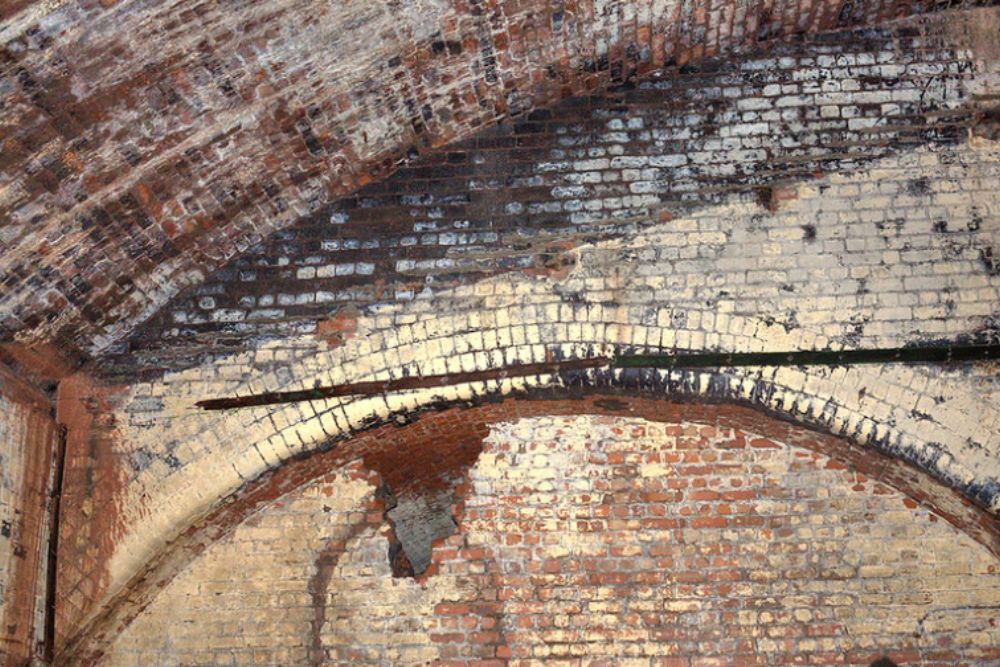
Around Manchester, particularly in Salford, enormous centuries of old coal mining work exist, some stretching beneath the urban landscape. Industrial workings were the initial phase of Manchester’s industrial development before textile mills dominated the economy.
Modern building plans at times encroach upon these obsolete workings, thereby providing sudden glimpses into Manchester’s earliest industrial world of hazard.
Albert Square’s Underground Structures
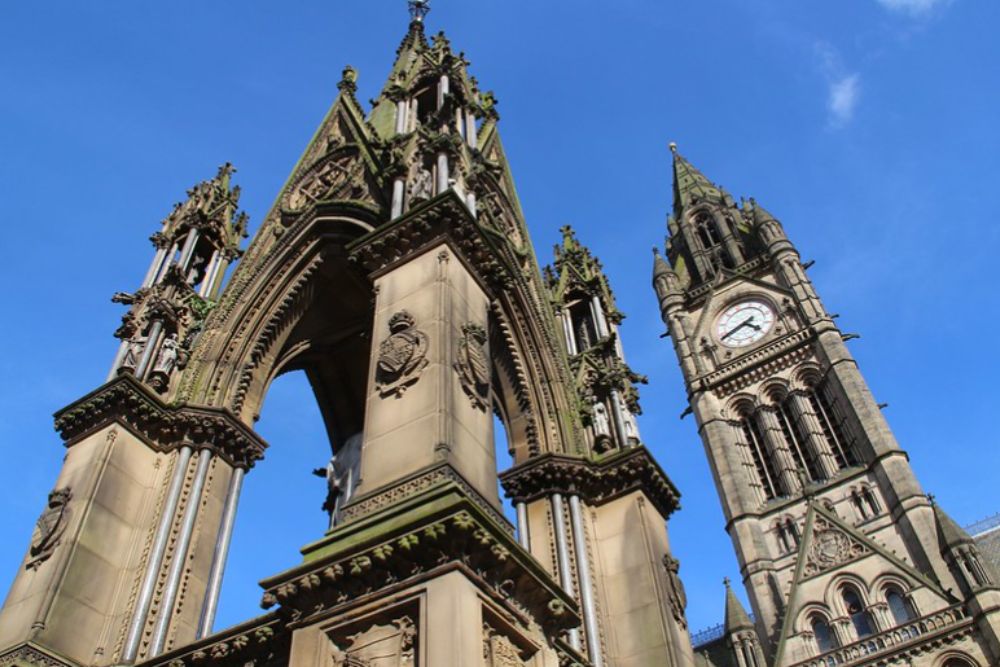
Under Albert Square and Manchester Town Hall is a complex of Victorian service tunnels constructed to deliver coal and remove ash from the vast heating system that warmed the grand civic building. The tunnels have distinctive brick arches and cast-iron facilities typical of the era’s craftsmanship.
Maintenance personnel continue to walk through these corridors today, stepping across sections that have little changed since their original construction in the 1870s.
Like Travel Pug’s content? Follow us on MSN.
The Britannia Hotel Bunker
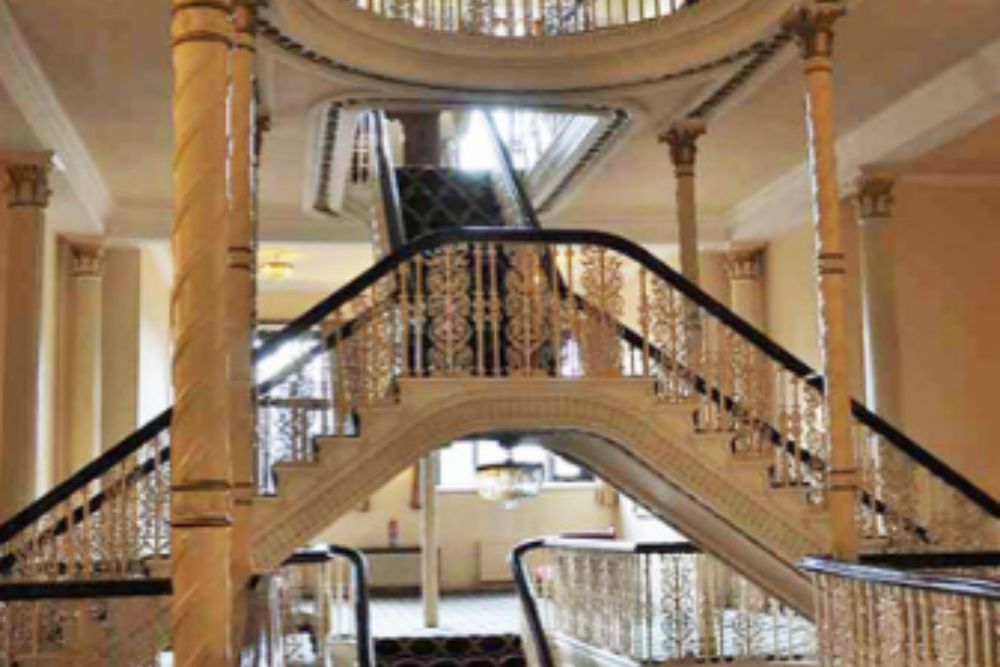
Reports state that the Britannia Hotel’s basement is reported to contain a Cold War-era reinforced command bunker connected to government communications networks. The bunker would have been where regional officials, coordinating emergency responses in the event of a nuclear attack on northwest England, worked from.
Officially decommissioned, the facility still exists intact beneath the hotel, a cold reminder of Manchester’s strategic importance during periods of international tension.
China Lane’s Opium Tunnels
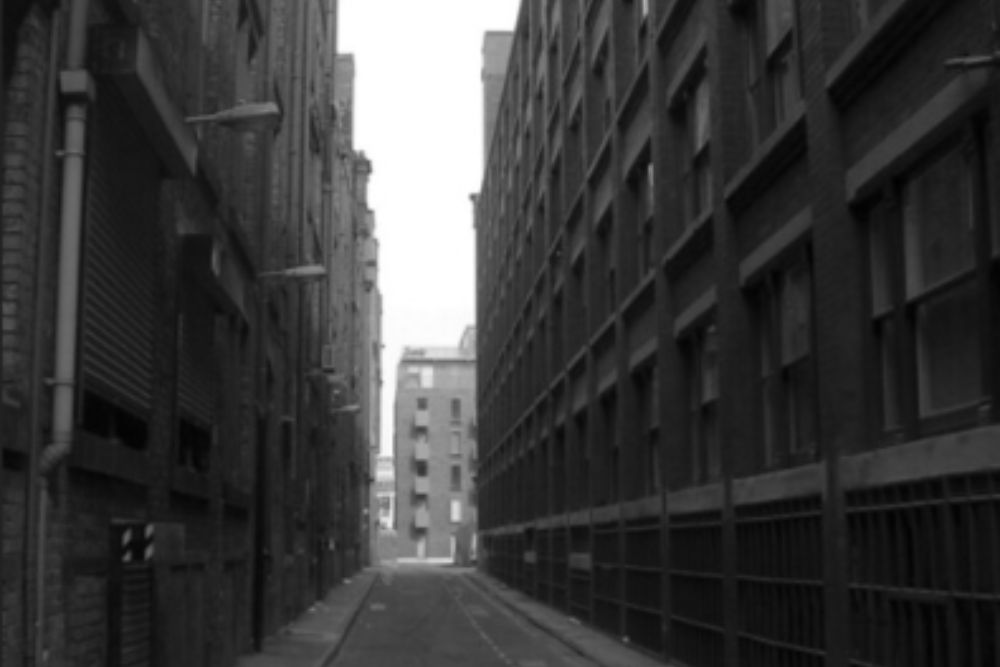
Urban legends persist of tunnels beneath Manchester’s old Chinatown neighborhood allegedly used for illicit activities like 19th-century opium dens. Though archaeological verification remains slim, contemporary accounts describe hidden venues accessed through unassuming structures in the Faulkner Street area.
Accounts are part fact and fiction but bear testament to actual periods of historical practice on how marginalized communities created clandestine areas beneath society’s notice.
The Victoria Station Ghost Platforms

Tucked away under Victoria Station are long-abandoned platforms and access tunnels from the station’s Victorian peak, now blocked off from public access. Ghost platforms pop up occasionally during work, with outdated advertisements and lettering from lost ages.
Station staff have experienced bizarre incidents in these older regions, giving the station its title as one of Britain’s most haunted railway stations.
Like Travel Pug’s content? Follow us on MSN.
Manchester’s Underground Legacy
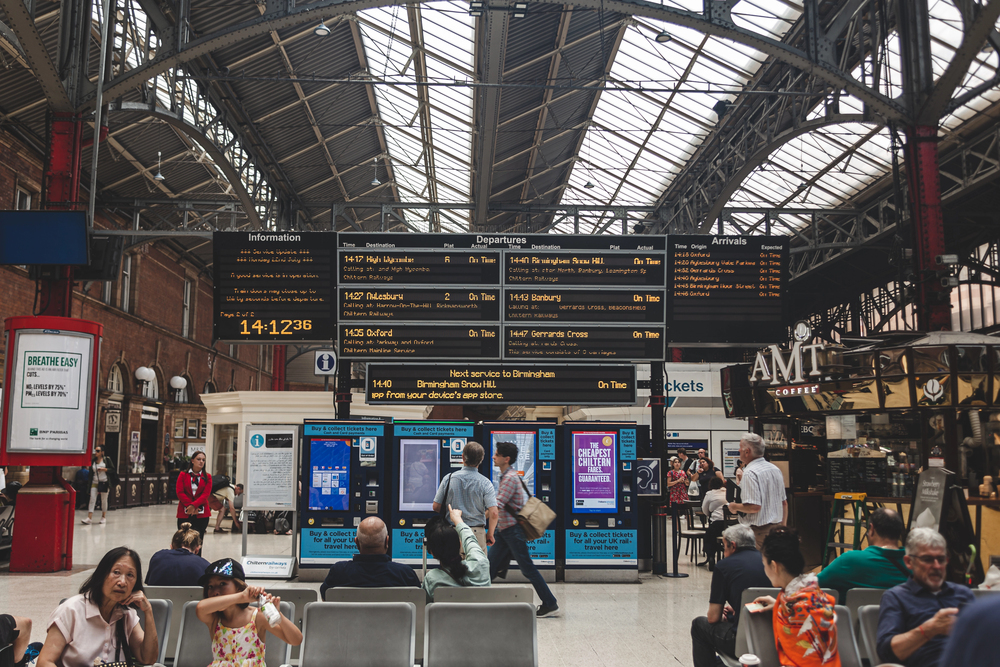
The vast tunnel, bunker, crypt, and passageway network beneath Manchester reveals a city with no less history beneath than on top. The subterranean areas are tales of war and peace, commerce and religion, engineering prowess, and man’s struggles, which shaped the character of the city for centuries.
While most of them are out of reach, they remind us that the whole history of Manchester is only accessible by looking under the surface. The past is still preserved in the darkness, waiting to be discovered.
More from Travel Pug

- 20 Destinations That Were Once Thriving but Are Now Quietly Disappearing
- 13 Destinations Where Tourists Regularly Regret Their Trip
- 20 Once-Popular Beach Towns That Are Now Ghostly Empty
- 10 Under-the-Radar Mountain Towns That Are Both Affordable and Beautiful
- Take a ‘Learning Vacation’ in These 20 Extraordinary Places
Like Travel Pug’s content? Follow us on MSN.
